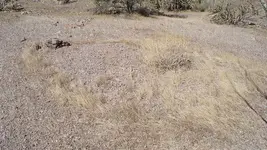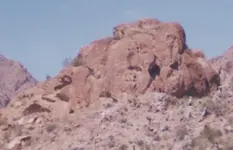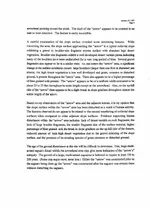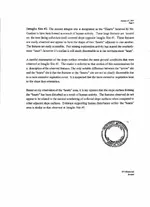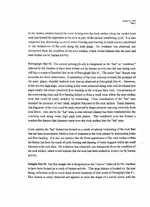Good morning: the one factor that bothers me is erosion, both eliminating and redepositing soil. Over a century or so, this would radically modify the terrain.
Down here, a similar climate, I have lost and re found locations, even a still closed up mine, simply because in a few years, or even one huge storm, the land was modified by the weather.
The Superstitions have terrific local storms by it's nature. any one of which can raise cain with any soil markers.
I believe that I have posted here of almost being another victim to the Super's by a terrific Cumulus Nimbus storm while flying south over Roosevelt lake.
However, I must add that up in Tayopa, they had a giant sun as a marker. Two years of searching for this final bit of physical proof failed. Even the local Indians did not know of it.
Then one day , while doing color separation on photographs of the area, I found it. It was so obvious that I felt foolish. The color separation had cut through the plant growth. It is approx. 50 meters wide and easily visible upon entering the canyon from the East.
The Jesuits had merely scraped out to bedrock on a section at the foot of the cliff, an 80* slope, a circle of approx. 50 meters in diameter. It was a ring with the ring width of perhaps 15 ft. The bare area forming the ring was probably easily visible.
Ellie, the only thing that I would like to add is that it probably was not what they planted, but what they might have done to the area. Have you had the soil in these areas checked for some type of growth inhibitor?
Incidentally , I very much like the out of the box thinking Ellie, go go.
Don Jose de La Mancha






